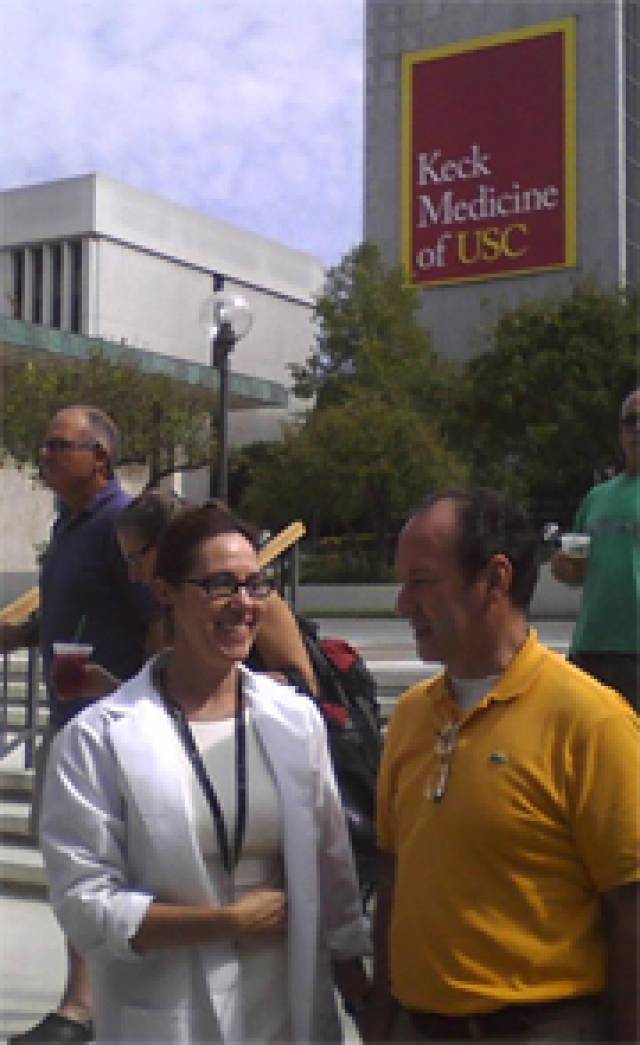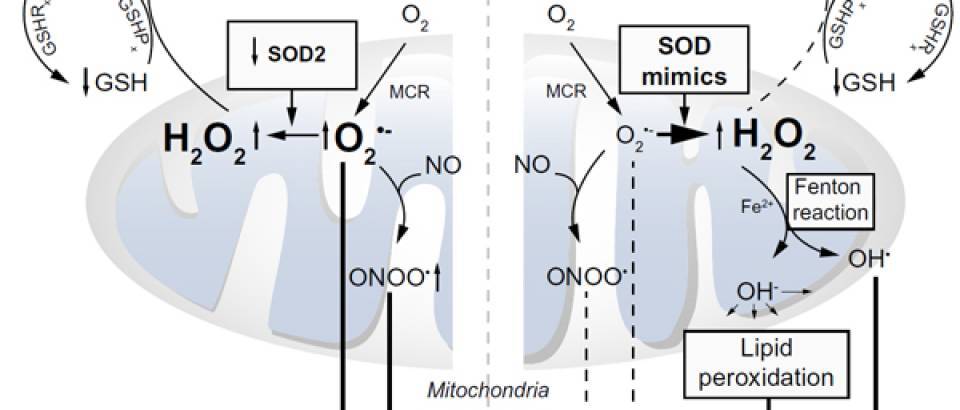
Due to the rising prevalence of obesity worldwide, NASH constitutes a global health concern urgently requiring more effective therapies. The present work shows that therapeutic approaches using antioxidant drugs must take into account the equilibrium between SOD and GSH enzymes. Dr. José Carlos Fernández-Checa is now involved in a one year stay at the University of Sourthern California (USC), in Los Angeles, to share knowledge about steatohepatitis and animal models. His future research, at the United States and back with his team at IDIBAPS, will keep focusing on the central role of mitochondria and the oxidative stress in steatohepatitis, and undertanding the mechanisms regulating the critical balance among antioxidant strategies for optimal defense.

